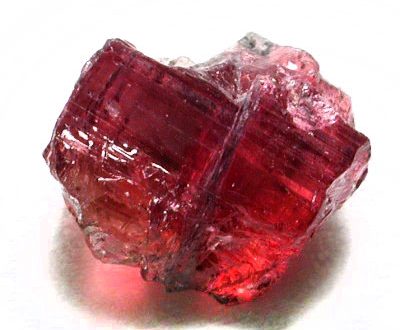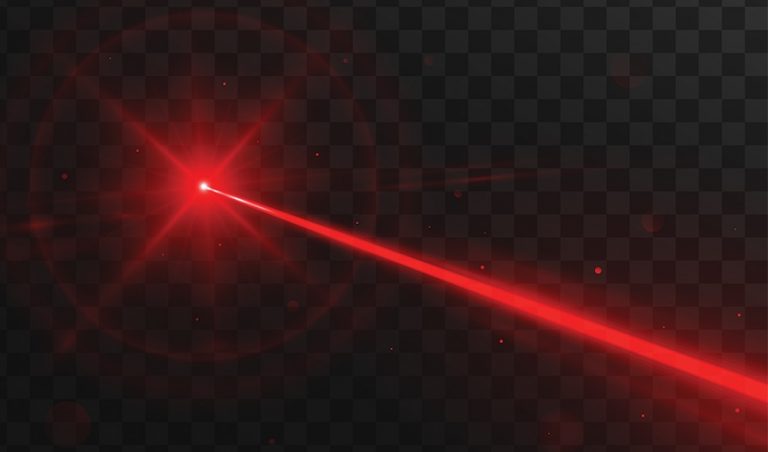Ruby nano-lasers electronic structure and functions (based on PhD in nano-microelectronics)
Researcher and author: Dr. ( Afshin Rashid)
Note: Nano-lasers are crystal rubies (sandpaper), some of whose ions have been replaced with diamond crystal ions. As a laser material, this crystal is usually obtained from the growth of a mixture of molten ruby crystal ( approximately 0.05% by weight) and is suitable . The ruby nano laser is a three-level device .
The active ingredient of this ruby nano laser with about 0.05% by weight of chromium is obtained as an impurity in it . They are active species that are replaced by aluminum ions in the lattice. Significant alignments in performance indicate laser operation . The laser transition (at 694 nm) occurs between the recent levels and the base state levels, and therefore the ruby nano laser is a three-level laser device. For this reason, it is necessary for more than half of the ions to be blown to a stationary state, in order to reverse the population.
Ruby is structurally single host crystal, single axis and has a hexagonal structure. The crystal has an axis of symmetry. In the decontamination process, one of the aluminum ions is replaced by an impure ion . It can be grown by laser rods with a length of 15 cm and a diameter of 3.5 cm. In the growth process, the crystal grows on the primary sperm with high purity and is slowly extracted from the liquid melt. The amount of contamination is 0.05% by weight . The ruby crystal is also contaminated with positive ions, and its growth process is similar to that of a ruby. Ruby nano laser is one of the solid-state nano-laser systems with an adjustable wavelength range of about 300 nm . In fact, the ruby nano-laser's required threshold energy is about one times greater than the blow-threshold energy for the nano-laser to the same extent. But ruby nano-lasers are used for some scientific applications, such as pulsed tomography and distance detection experiments (such as military rangefinders) .
Conclusion :
Sapphire nano-lasers are crystals , some of whose ions have been replaced with diamond crystal ions. As a laser material, this crystal is usually obtained from the growth of a mixture of molten ruby crystal ( approximately 0.05% by weight) and is suitable . The ruby nano laser is a three-level device .
Researcher and author: Dr. ( Afshin Rashid)
PhD in Nano-Microelectronics




